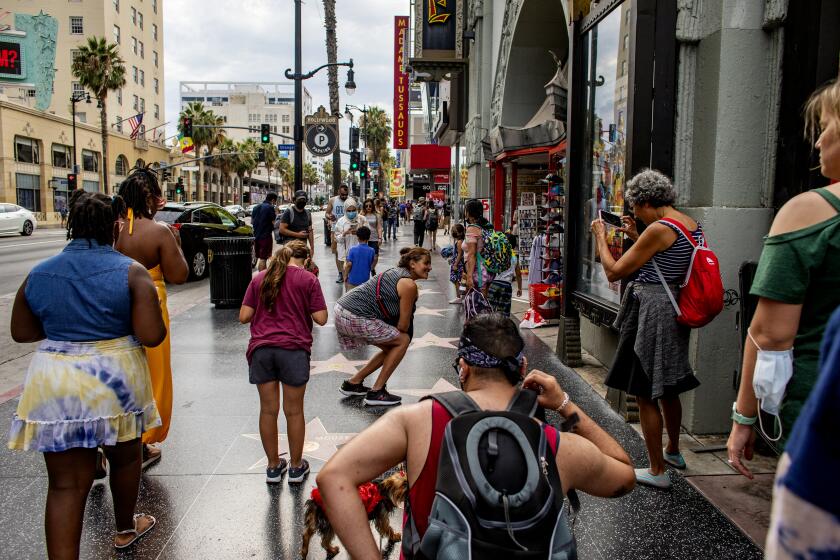Consumer spending growth cools despite solid rise in personal incomes

Maria Cantellano, left, gives change to a customer while working at her stand at the Atlanta Farmers Market in Atlanta on June 5.
Growth in spending by consumers significantly cooled in June despite another solid gain in incomes, the Commerce Department said Monday.
Personal consumption expenditures increased 0.2%, the smallest in four months, compared to a downwardly revised 0.7% jump in May.
The decline came as Americans spent less on cars and other long-lasting durable goods.
Personal income rose 0.4% for the third straight month. But instead of spending the extra money, as they did in May, consumers saved much of it.
The portion of disposable income saved rose to 4.8% in June compared to 4.6% the previous month.
Economists had expected spending to decline. The increase in personal income was better than the 0.3% increase analysts had forecast.
The annual inflation rate remained extremely low. The price index for personal consumption expenditures rose 0.3% for the 12 months ended June 30.
The Federal Reserve wants prices to rise 2% annually, so the low rate is a concern as central bank policymakers consider when to raise their benchmark short-term interest rate.
Still, inflation is moving in the right direction for the Fed, if very slowly.
June’s increase was up from the 0.2% rate for the 12 months ended May 31. And June was the second straight month that the inflation rate ticked up 0.1 of a percentage point.
Low oil prices have kept inflation down.
Excluding volatile energy and food prices, so-called core inflation increased 1.3% for the 12 months ended June 30. That annual rate has been the same since January.
Fed policymakers are watching spending and income figures closely as they try to decide when to raise the short-term federal funds rate.
On Friday, the Labor Department reported that the broad look at worker pay, the employment cost index, rose just 0.2% in the second quarter. That was down from a 0.7% increase in the first quarter and the smallest rise since the government began collecting the data in 1982.
Follow @JimPuzzanghera on Twitter







